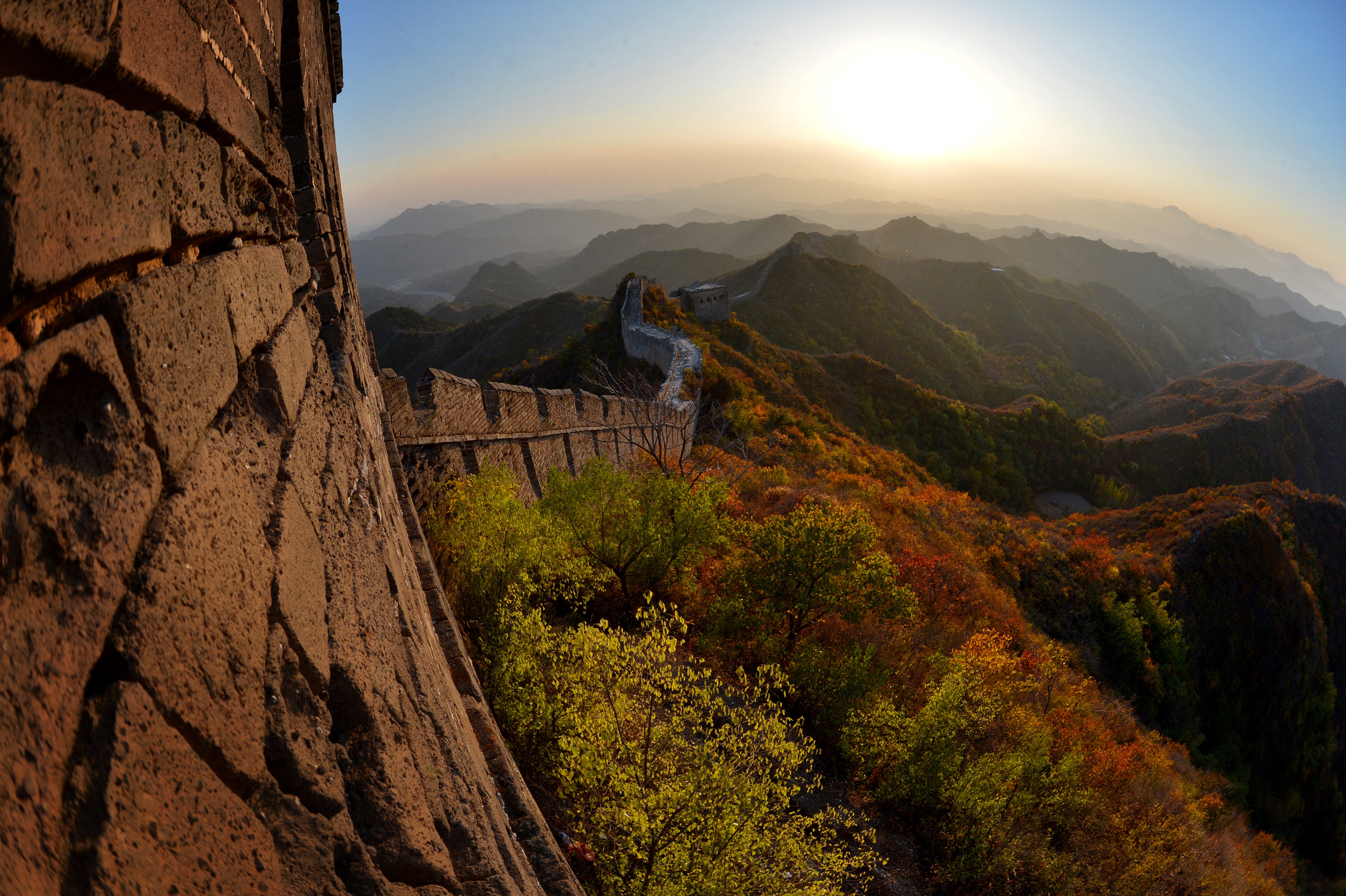Archaeological excavations in eastern China‘s Shandong province suggest that some of the oldest sections of the Great Wall were built 300 years earlier than previously thought.
Recent digs in the Changqing area show that the engineering marvel wasn’t a single construction project, but a series of fortifications built during multiple dynasties.
The Great Wall was built to secure ancient China’s northern borders against nomadic groups from the Eurasian Steppe. Historical records suggest the construction of the Unesco World Heritage monument spanned centuries. However, extant documentation of the wall lacks details that could reveal its true origins.
It was believed that the largest portions of the first walls were constructed around the 7th century BC and joined together under the Qin dynasty around the third century BC.
However, new excavations undertaken last year and covering over 1,000 square meters found sections of the wall dating back to the late Western Zhou Dynasty, which ruled from 1046BC to 771BC, and to the early Spring and Autumn Period of 770-476BC.

The findings shed light on advanced engineering of the ancient Chinese to expand the wall to about 30 meters at the peak of Qi State likely during the Warring States Period.
Some ancient texts suggest that sections of the wall went through many phases of development, use, sometimes collapse and abandonment, and attempts at restoration.

Researchers reportedly used a multidisciplinary approach to date these sections of the wall, including analysis of traditional artefacts collected at the site as well as specimens of plant remains and animal bones.
Archaeologists found buried sections of roads, house foundations, trenches, ash pits, and walls at the site, Zhang Su, the project leader from the Shandong Provincial Institute of Cultural Relics and Archaeology, told Global Times.
One particularly well-preserved section was built during the Warring States Period from 475BC to 221 BC and is the best preserved, researchers said.
This section is the “earliest known Great Wall in China”, said Liu Zheng, a member of the Chinese Society of Cultural Relics.
The latest research also establishes the proximity of the Great Wall of this time to the ancient Pingyin city mentioned in historical texts, suggesting the wall was not just a fortification against invasion but also served a strategic role in controlling trade and transportation.


